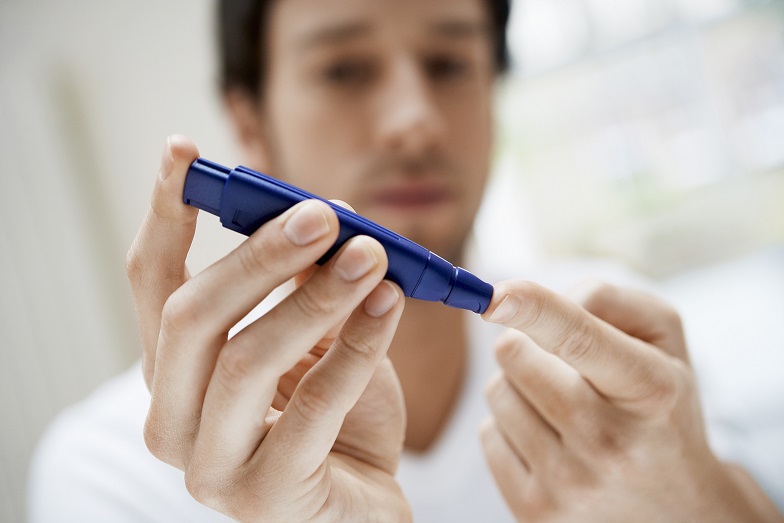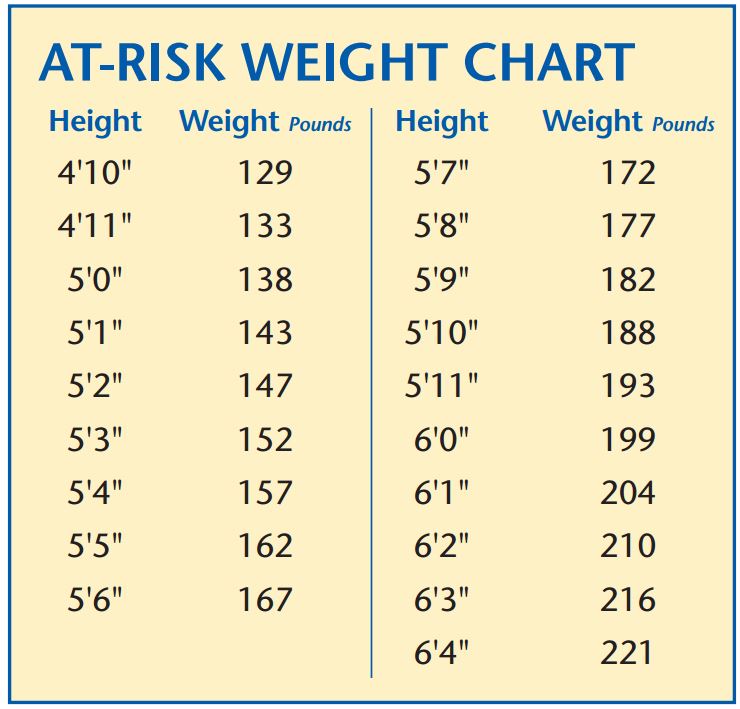The CDC (Centers for Disease Control and Prevention) has created a simple screening tool that we use on the Eat Smart, Move More, Prevent Diabetes website to help people consider their risk for prediabetes.
Below is background information on why these questions are included and how they relate to your potential risk for developing prediabetes and type 2 diabetes.
Let me start by saying that researchers and doctors don’t absolutely know with 100% certainty why some people develop prediabetes and type 2 diabetes and others do not.
Here is what we do know:
- Some risk factors cannot be changed. These include your age, gender, race/ethnicity, and if you have had gestational diabetes.
- Type 2 diabetes is 2 to 6 times more likely to occur if you are an African American, Native American, Pima Indian, or Hispanic American living in the United States.
- Increasing your physical activity and making mindful eating choices can reduce your risk and may be able to prevent you from getting type 2 diabetes.
Are you a woman who has had a baby weighing more than 9 pounds at birth? (Yes = 1 point)
- Gestational diabetes during pregnancy may increase the risk of developing type 2 diabetes at some point during your life.
- Doctors and researchers are now looking at the potential link between a baby’s birthweight and “gestational age” and a mom developing type 2 diabetes at some point in her life. That is one reason why answering yes to this question is 1 point.

Do you have a sister or brother with diabetes? (Yes = 1 point)
Do you have a parent with diabetes? (Yes = 1 point)
- Researchers are still looking into how exactly genetics and the environment you live in connects to your potential risk for developing prediabetes or type 2 diabetes.
- Some studies have shown that up to 50% of children with type 2 diabetes have a brother/sister with type 2 diabetes.
- Approximately 39% of people with type 2 diabetes have a parent with type 2 diabetes.
Find your height on the chart. Do you weigh as much or more than the weight listed for your height? (Yes = 5pts)
- There is a link between body fat and how your body accesses or uses insulin.
- Being overweight seems to reduce how much and how effectively your body uses insulin to break down the sugar (glucose) in our digestive system and blood.
- Waist size affects how your body uses insulin. The risk for prediabetes goes up for men with waists larger than 40 inches around and for women with waists larger than 35 inches.
Are you younger than 65 years of age and get little or no exercise in a typical day? (Yes = 5 points)
- Physical activity helps you control your weight, uses up glucose as energy, and makes your cells more sensitive to insulin. The less active you are, the greater your potential risk of prediabetes.
Are you between 45 and 64 years of age? (Yes = 5 points)
Are you 65 years of age or older? (Yes = 9 points)
- Your risk increases as you get older. This may be because of a tendency to exercise less, lose muscle mass, or gain weight as aging occurs.
- Type 2 diabetes is also increasing dramatically among children, adolescents and younger adult and researchers are looking into why this is happing at such an alarming rate.

Learn more about preventing type 2 diabetes with Eat Smart, Move More, Prevent Diabetes, a 12-month online diabetes prevention program recognized by the CDC.
CDC Screening Tool Sources
- CDC Fact Sheet
- National Institute of Health Risk Factors
- Overview of Prediabetes and Insulin Resistance
- Prediabetes in Children
Don’t miss another great blog: Subscribe Now
